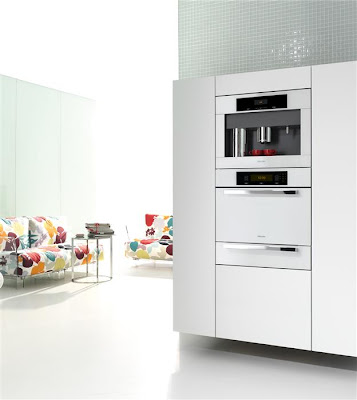As an interior designer, and an artist, I walk thru life and am constantly inspired by what I see. I find inspiration from objects, buildings and often times nature. Textural pattern is something that I am drawn too. This is a picture I took while traveling in North Carolina. The multiple textures against the sharp contrast from the blue sky and the red barn, combined with the natural movement of the tree and the crisp fresh green of the grass are to me an abundance of inspiration. I immediately visualize how I can interpret this into design inspiration and how I can apply it to interior design....maybe in a bedroom like this...
What do you think?




























